Last updated on July 13, 2024
In today’s watch world, building a collection has become one of the biggest trends in the market, with more and more collectors turning to the antique and vintage watch sector for their purchases. However, there are still those collectors who prefer to buy their watches brand new, even if that means they have to spend a couple of years on a waiting list. In this post, we will examine the pros and cons of buying new watches vs. antique watches.
Traditionally, watches were made with practicality in mind, instead of fashion. Modern-day watches are mostly fashion-orientated, with different choices of watch straps, cases and materials. Although antique watches can be stylish, they’re usually much simpler in design.
Most antique watches have a basic style, and the older they are the simpler they become. A classic leather strap and a small watch case are all that traditional wristwatches have, literally, all they do is tell the time. However, as time has gone on, watch faces have become significantly bigger. This is partially due to the increased number of complications that more modern watches are likely to have.
There are pros and cons to both types of collections. In this post, we take a look at a few of the pros and cons of buying new watches versus buying antique watches. However, keep in mind there is no definitive answer. Ultimately, it comes down to personal taste and timekeeping requirements. Remember, there is always the option to have separate new and antique watch collections.
Price and depreciation
In general, the prices of antique and vintage watches are much more affordable than buying new ones. This is because buying a new watch is very similar to buying a new car. The moment either leaves the showroom, they both drop significantly in value. This depreciation could be as much as 40%. There are exceptions to this, with new watches from high-end brands such as Rolex or Patek Phillipe, retaining their value. However, in general, you will not be able to resell your brand-new watch for the price you have paid for it. Antique and vintage watches have already gone through this depreciation process. However, this was many years ago when their first owners walked out of their local watchmaker with their new timepiece at hand.
Condition
When buying a new watch, you know you are getting it in mint condition. You will be the one who gets the first scratch on it. When buying antique or vintage watches, unless it has been kept in a bank vault, the watch is bound to have, at a minimum some light scratches. This is known as patina, which is a thin surface layer that develops on an object due to normal usage and age. Patina is considered desirable by many watch collectors, which is why it is not advised to over-polish older watches. The patination is what gives these older watches their character and it takes decades to accumulate.
Reliability, accuracy and functionality
Generally, new watches are made with modern materials inside the movement that make them more accurate and reliable than an antique or vintage watch. This will include shock protection and a level of water resistance. Due to their age, older timepieces lack these materials and features, therefore they cannot compete in terms of reliability with their modern counterparts.
Accuracy is also something that needs to be considered. Modern quartz watches are very accurate. In most instances, a cheap quartz watch will keep better time than any modern mechanical watch, regardless of price. The accuracy of mechanical watches has come a long way over the decades and continues to be improved. However, antique and vintage watches will not necessarily be as accurate or precise as modern watches. A modern mechanical watch will lose or gain a few seconds a day. However, antique watches can expect to be out by as much as a minute a day, sometimes even more.
Functions are also going to be limited on antique watches, typically all they do is tell the time. There are some exceptions, such as chronographs and date functions. However, you are simply not going to find the same number of complications that are possible on a modern watch, particularly on smartwatches.
Selection and availability
You may be in the market for a new watch that is popular amongst collectors and therefore is difficult to find one new. In this instance, you might find yourself on a long waiting list. Alternatively, you might find yourself queuing up at Swatch stores in the hope of buying the latest Moonswatch. This is where buying antiques can be an advantage. Generally, you will be focussing on a broader range of watches, rather than a specific model. There is a lot of inventory available on reputable antique sites and this may give you the opportunity to buy an older timepiece.
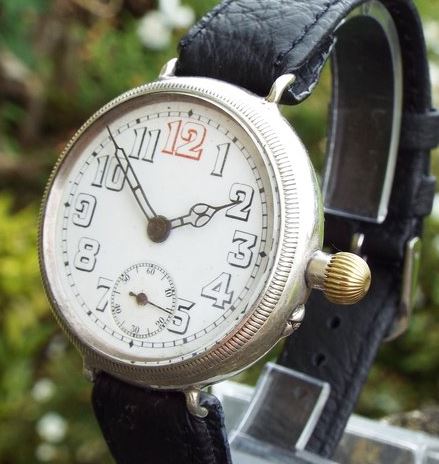
Servicing
All watches, quartz and mechanical, will require servicing at some point during their working lives. Most manufacturers recommend servicing at five-year intervals. However, with modern materials and lubricants, this can possibly be stretched to ten years. When you buy a new watch, you know you typically won’t need to pay for servicing for several years. You will also know, for as long as you own the watch, its full service history. However, with a vintage watch, because of its age, older materials and long-term wear and tear, it may need more frequent servicing. It is also less likely that you will know the service history of the watch. It is definitely one thing that should be asked of the dealer before you buy an older timepiece, when was this watch last serviced? If the answer is unknown, it might be worth considering an immediate service.
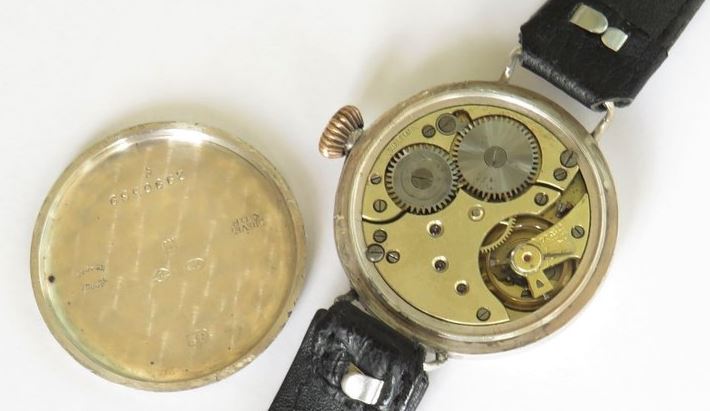
Water resistance
Many of today’s watches are extremely water-resistant, anti-magnetic, and shock-resistant. Antique and vintage watches, especially pre-1950’s timepieces are typically not very water-resistant and not shock resistant. There were some early attempts to combat magnetism, but these are unlikely to be as effective as modern solutions. Some early watches, such as those in Borgel cases, were considered to be waterproof, but certainly not to the standard of today. Antique and vintage should be considered splashproof at best and generally should be kept away from water and moisture. So, think about your lifestyle carefully before making the new watch vs. vintage watch decision. If you are an active, on-the-go person, you may prefer a new watch that can go the distance with you.
Guarantee
When buying a new watch, you receive a warranty or guarantee with it, sometimes covering the watch for up to five years. However, when buying a vintage watch, the warranty has expired. Some dealers will provide a short-term warranty on older timepieces, but this is generally limited to 30 days from the date of purchase. If this is of concern, it may well be worth steering clear of the antique option. Some people like to keep the watch boxes in case they decide to sell the watch in the future. This is an option with a new watch. Most antique and vintage watches, don’t come with the original box or paperwork.
Summary
Here is a point-by-point summary of the pros and cons of owning new watches vs antique or vintage watches. Hopefully, these points can help you decide between a new or antique/vintage timepiece. The pros for new watches outweigh those for antique and vintage watches. However, we are biased here at Time Worn Watches and prefer the antique option. Whichever way you go, please enjoy your collection of watches.
Buying new pros & cons
- Con – More expensive than buying used.
- Con – Depreciation of value for resale is likely.
- Con – Popular models could have a waiting list.
- Pro – Brand new mint condition.
- Pro – Won’t need servicing for several years.
- Pro – More resistance to water, shock, etc.
- Pro – Original packaging.
- Pro – Latest technology and materials.
- Pro – Many complications are available.
- Pro – Warranty/Guarantee
Buying antique or vintage pros & cons
- Pro – Prices are usually much lower than new.
- Pro – Depreciation has already occurred.
- Pro – No waiting list.
- Pro/Con – Patina vs damage. Buy watches with patina, not damage.
- Con – May need more frequent servicing due to age.
- Con – Limited water resistance.
- Con – Typically, missing the original box, and papers.
- Con – Antique materials and movements.
- Pro/Con – Limited range of complications.
- Con – Limited or no warranty.

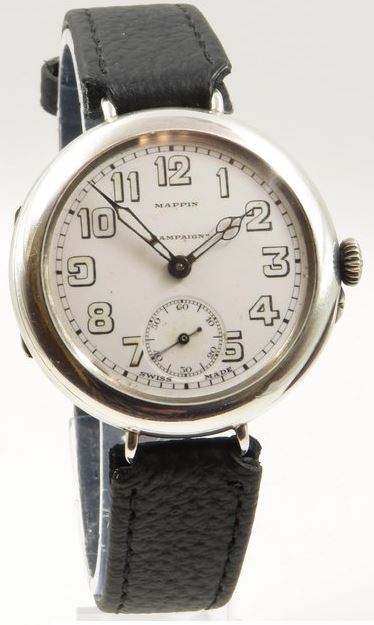
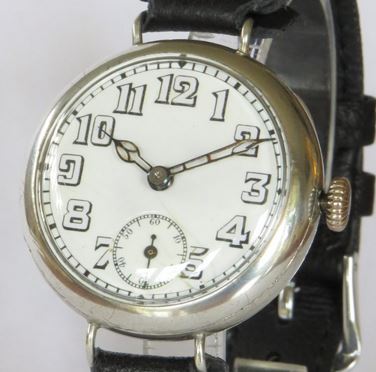
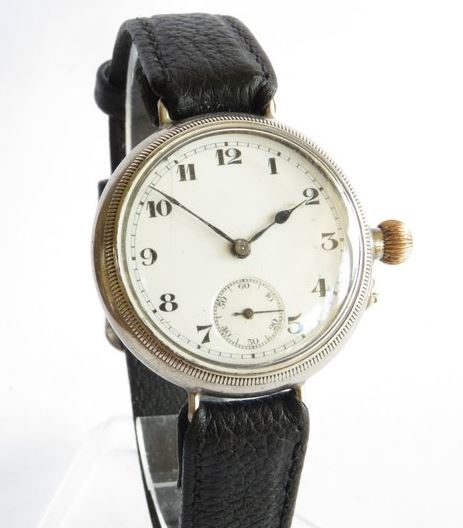

These days everyone has a smartphone, which can instantly tell the time at your current location and any other place on Earth. A wristwatch is surplus to requirements, a “fashion accessory”. If I am going to wear something on my wrist (and I do every day), it will be a watch with character and class. For that reason, its antique or vintage watches every time for me.